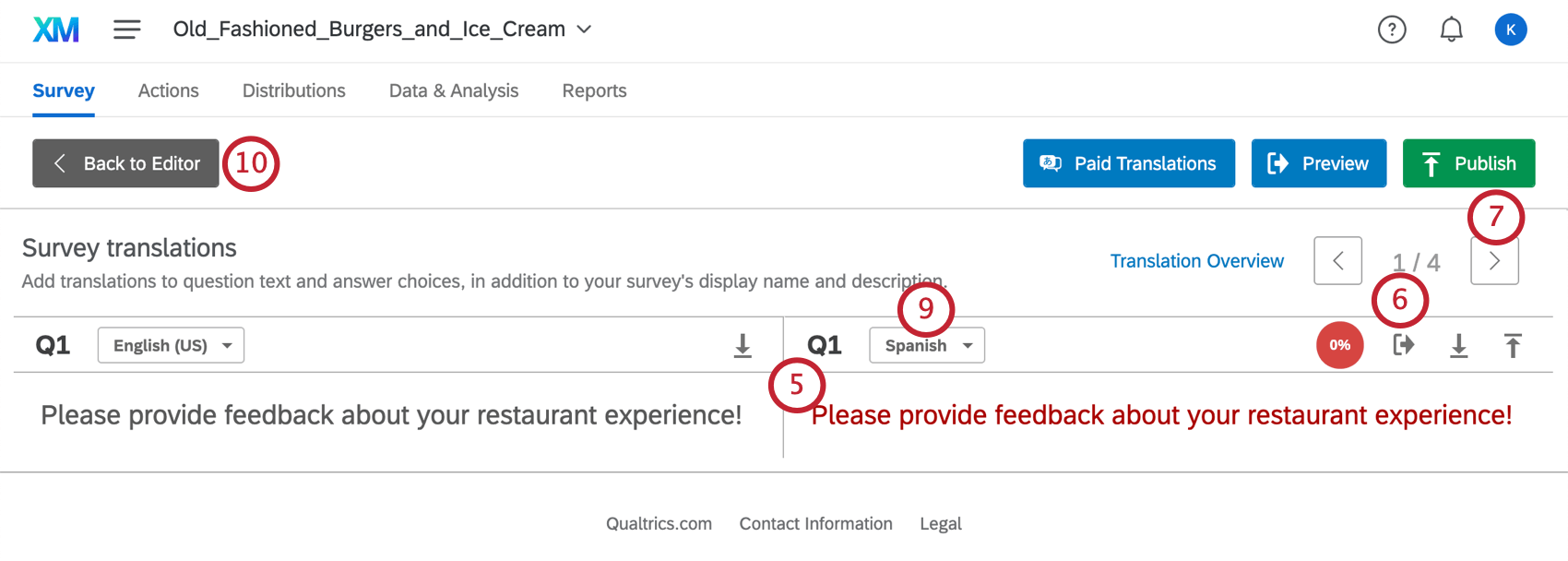

- #Program greek question mark full
- #Program greek question mark free
- #Program greek question mark windows


Unicode provides support for Bulgarian as which includes Cyrillic (U+0400 to U+04FF). You should then be able to load the file without problems. To check, save your document as a normal ,odt file which uses the international Unicode character set, just like the default for the Internet. This is probably not a LibreOffice problem.
#Program greek question mark windows
So the problem is that characters are being replaced with standard Question marks ? and you are using a Windows system. With more information we may be able to help you further, especially the character being displayed if it is not a �. This usually indicates the problem lies in that area. I would normally expect to see the � character when you entered the text on another system and imported or copied it across to LibO writer. You do not define the character encoding within LibO. LibO uses Unicode which includes Cyrillic (U+0400 to U+04FF). odt file? You then had this problem when you loaded the same file on the same system. You should not normally see this on a straight LibO system English or Bulgarian.ĭid you type the document using LibO Writer? Was the correct character being shown on the screen, then you saved the document to a. This is the Unicode U+FFFD REPLACEMENT CHARACTER.
#Program greek question mark free
If you would like to learn more about the Greek language, read our free study materials and watch our complete video courses.I assume by question mark you mean the �. *The word “comma” in English derives from this Greek word.
#Program greek question mark full
The rest of the punctuation marks, such as the full stop (.), the comma (,), the exclamation mark (!), and the suspension points (…) are the same as in English. The English quotes are used only when it is necessary to add another set of quotes in the quoted sentence. “He had no money he left his wallet (at home).” The Greek Quote Marks | Τα Ελληνικά ΕισαγωγικάĪs you might have already noticed from the above examples, the Greek quote marks are the same as the ones used in the French language: «» If the English semicolon is the Greek question mark, what symbol represents the Greek semicolon? The punctuation mark that is used in this case is the «άνω τελεία» or “up dot”, which is basically an interpunct: ꞏ “How are you?” The Greek Semicolon | Η Άνω Τελεία Many programmers, in fact, take advantage of this to prank their colleagues by replacing the semicolons in the JavaScript with Greek question marks. Yes, the Greek question mark is the English semicolon and it is used at the end of all direct questions. Most people will understand that you are asking a question, however, the correct Greek question mark is the following: If you are using this question mark (?) at the end of a question in Greek, you are grammatically wrong. Although most punctuation marks are used in the same way, there are also many differences. One of the most common assumptions Greek language students have when starting their learning journey is that the Greek punctuation marks are the same as the ones used in English or other European languages. What is the Greek question mark? Why do the Greek quotation marks look so different?


 0 kommentar(er)
0 kommentar(er)
